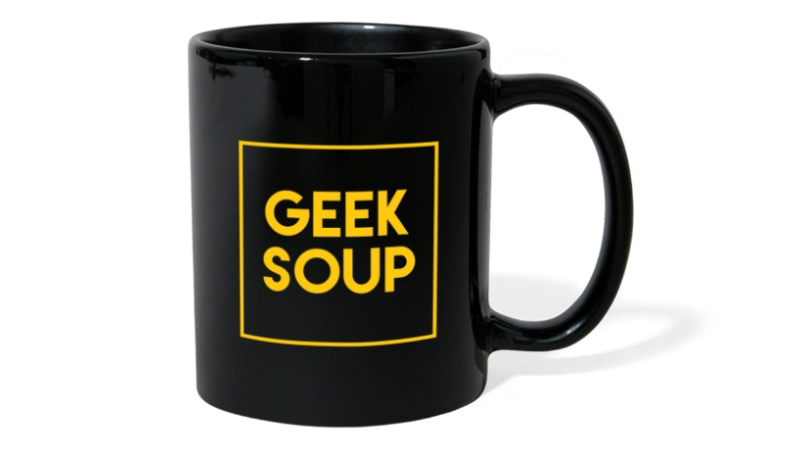Scalextric: A Brief History of Toys

Frightfully tricky to keep on the track, but extremely good fun, most of us have had a squeeze or two on a Scalextric remote. These speedy electric cars have fascinated children and adults all over the world for decades, but when did Scalextric start, and what’s the story behind it? Well, you’re about to find out…
Scalex: The Prologue
In 1947 a Brit named Fred Francis started a company called Minimodels Ltd in London. The company produced tin plated toys and vehicles.
In 1952, they began to produce a range of toy racing cars called Scalex. They contained clockwork motors which children would activate by pulling out the steering wheel. It was so popular that the firm had to relocate to a bigger factory in Havant, Hampshire, where they made over 7,000 models per week!
Like with most toy crazes, the novelty of having a clockwork motor didn’t excite the children of the day for long, and sales quickly recessed. There were 100 employees at the factory, so Fred knew he had to come up with a fresh and exciting ideas fast.
Going electric
Fred really liked model car racing tracks – but to make it more competitive, he wanted to develop player’s ability to control their own vehicles. So he set to work experimenting with Scalex models, by fixing tiny electric motors into them, and running them around model railway tracks.
But railway tracks were no good for a racing car game, so he developed rubber track with a groove in it, where the model cars could pick up current through a ‘gimbal’ wheel. On the original tracks, batteries were hidden in a cardboard ‘shed’, and these gave power to the track.
Fred had made Scalex electric – and thus the name Scalextric was born.
The big unveiling of Scalextric occurred at the Harrogate Toy Fair in 1957, and everybody loved its mix of speed, competition, likeness to the extensively popular F1, and how it appealed to both adults and children alike!
Sold to Tri-Ang
The demand for Scalextric was extremely high, and Fred’s Minimodels factory struggled to keep up with production. Just one year later, in 1958, Fred sold his company to Lines Bros, who operated as Tri-Ang. The company were well known in the model market for their toy railway sets.
In 1960, Tri-Ang replaced the tin bodies of the cars with plastic ones. This made production cheaper, and it also made the cars lighter so that they would move faster around the track.
007, reporting for duty
From early on, Tri-Ang understood the value in licensing, and in 1967 produced a Scalextric set coinciding with the release of James Bond’s latest installment, Goldfinger. Sean Connery’s third outing as 007 was a global smash, and every child that watched the film wanted to own a model of the gadget-fied Aston Martin DB5.
The Scalextric model came complete with bullet-proof shield and ejector seat. The set, today, is said to be the ‘Holy Grail’ of Scalextric with one set, which was purchased in 1967 for £11, selling for £1,300.
Joining the Hornby family
Lines Bros, which operated as Tri-Ang, filed for bankruptcy in 1971. As one of the assets of the company, the Scalextric brand was sold off, and it eventually landed under the ownership of Hornby Hobbies; the world’s most famous hobbyist model company, who now also own Airfix, Corgi, Humbrol and Pocher!
The world’s biggest Scalextric track
In 2009, James May of Top Gear set his sights on Scalextric for his BBC2 series James May’s Toy Stories. He set out to recreate the Brookland’s racing track – which measured 2.75 miles – using only Scalextric track, in an attempt to break the Guinness World Record. 350 volunteers helped him create the track, which ended up being 2.95 miles in length due to avoiding modern obstacles.
YOU MIGHT LIKE: 15 Fun Games To Play This Christmas
Sip in style…
Check out our brand new Geek Soup mug, with our funky retro logo! Dishwasher friendly, it’s perfect for everything from your morning coffee to your evening cocoa..

Get it here: Geek Soup Mug, £11.99

